The Best Place to Own a Vacation Rental

The vacation rental market is booming, both in the US and across the globe. Everyone is trying to get in on this game, so in order to be successful, you’re going to have to be smart about where you plant your flag.
The right location can make or break your vacation rental business. The right property, the right place, the right market… It’s a recipe for success.
We’ve done a lot of research on this very topic, both internationally and at home in the US, so let’s compare and contrast together and find out where the best place to own a vacation rental is.

A Couple of Key Real Estate Investment Principles
Before we dive in, let’s go over a few investment principles that could prove useful for your first and your next rental property.
The 50% Rule
The 50% rule is an easy one. It basically dictates that 50% of whatever you earn needs to go back into the property. This includes things like upkeep, insurance, taxes, etc.
So, let’s say you make $2000 of rental income. $1000 of that will go right back into the property for expenses based on the 50% rule. This is just a simple way to ensure any surprise expenses don’t catch you off guard or that you find yourself unable to cover running costs.
Good ROI
If you’ve been active in business and have a head for investing, then you’re probably already familiar with the concept of ROI, or Return on Investment. Simply put, it’s just a metric to measure how profitable an investment is relative to its cost. I.e. does it pay for itself?
When we’re talking about the ROI of vacation rentals, there are a couple of factors to consider:
- location,
- market conditions,
- property type,
- and investor goals.
This is perhaps the main factor you want addressed or the question you would like answered with this article; location. Where should your vacation rental be? What specific location is going to give you the best ROI? Often your first instinct may be to look at popular vacation destinations and take it from there.
We’ll be dipping into actual destinations later on, but right now we’d like to give you the tools to make the best investment decisions in any market.
The 2% Rule
You’re probably wondering if the rent from a vacation rental property will cover your costs and maybe leave you with some extra cash. Enter the 2% rule, a handy guideline suggesting the monthly rent should be at least 2% of your property’s purchase price.
For instance, if you’re eyeing a $100,000 house, you’d want a monthly rent of about $2,000. This indicates a promising investment as the rent is a significant chunk of what you paid.
However, it’s crucial to remember this rule isn’t set in stone. Some properties may not hit the 2% target but can still be worthwhile investments for other reasons. And, snagging properties that meet this criterion can be tough in certain areas.
In short, the 2% rule offers a quick way for beginners to gauge a rental property’s income potential against its costs and profit possibilities, but it’s only one of many factors to weigh in your real estate investment decision.
2% VS. 50%
The 50% rule, unlike the 2% rule, zeroes in on estimating a property’s operating costs, suggesting about half your rental income will cover expenses like repairs, taxes, and management fees—so if you’re pulling in $2,000 monthly, expect $1,000 to go towards these costs.
Meanwhile, the 2% rule helps you gauge if the monthly rent can not only cover costs but also potentially pad your wallet, aiming for the rent to be at least 2% of the property’s purchase price.
Both are rough guides for investors and give a snapshot of potential income and expenses.
However, they’re starting points, not gospel. Since real estate markets and maintenance needs vary widely, it’s vital to do a deep dive into all possible costs and earnings before making your move.
Market Demand and Seasonality
The best way to figure out if you’re picking a good place to buy a vacation rental property is to look at the vacation rental performance data of the area of your choice and how the competition is faring. You can use a tool like AirDNA to gauge the market average you want to operate in and use the insights from that to figure out if it’s the best place to set up your vacation rental.
If you want to thrive, you need to get to grips with tourist trends and demand cycles. It’s all about catching the rhythm of when and why people flock to your area and using this knowledge to your advantage.
By looking at patterns in visitor numbers—think peak seasons, special events, and quieter times—you can start to see the bigger picture. Tools like Google Trends or insights from local tourism boards can shed light on these patterns, helping you pinpoint the best times to ramp up your rates or offer special deals.
Understanding who’s coming to town and what they’re after can also make a big difference. Are your guests here for the serene landscapes, the bustling festivals, or perhaps a mix of both? This will help to inform your final decision.
Figure out what makes your place a catch for each season. Also, consider the booking experience from your guest’s perspective. Making it as smooth as possible, with clear policies, can be the cherry on top that seals the deal.
Understand your market, and never underestimate the power of a well-timed offer or an unforgettable stay.
Regulations and Taxes
While you’re deciding on the spot to set up shop, you’ll want to look into local regulations and tax laws. This is something real estate investors will want to take into account because it does affect their ROI. Buying a vacation rental property in an area with strict regulations or higher taxes than other areas may simply not make it worth the investment.
In terms of regulations surrounding a vacation house being rented out for a price, you’ll want to look into local zoning laws. Some cities don’t allow vacation rentals to operate in certain areas or they might just be restricted to some extent. It’s important that you determine you’re allowed to operate in your chosen area.
In the same vein as zoning laws, you’ll need to confirm the licensing requirements. A lot of local governments require a license or a permit to operate vacation rentals. This will probably come with inspections, require owners to adhere to safety standards, and sometimes even cap the number of licenses issued.

Leveraging Technology for Success
The best way to maximize the revenue from your vacation rental property is to find the best vacation rental management platform.
iGMS offers a number of features that can improve every facet of your hosting process, like:
- Optimize direct guest bookings with the Direct Booking Management Toolset, offering a streamlined experience for both hosts and guests.
- Efficiently coordinate tasks and schedules with Team Management, ensuring your property is always guest-ready.
- Stay ahead with real-time tracking and insights using PROtrack, a feature designed to give you a competitive edge in the market.
You can use the analytics from your dashboard and insights from other tools like AirDNA and Mashvisor to inform your strategies.
Top 5 Places to Own a Vacation Rental
We’ll be looking at the 5 best vacation rental markets in the US to buy a vacation home based on data from AirDNA. You can look at the extended list of options in our other article for more. But here’s the market data for 5 of the best places for real estate investors to rent out vacation homes.

5. Navarre, Florida
- Cap rate: 6.42%
- Median home sale price: $420,000
- Annual gross rental revenue: $47,531
In Navarre, you’re looking at an inviting opportunity for vacation rental investments, boasting a 6.42% cap rate. With homes averaging at $420,000 and pulling in roughly $47,531 in gross rental revenue annually, it’s quite the hotspot.
Navarre beach shines with its quartz-sand beaches, drawing folks in for water sports, snorkeling, and swimming. The allure of beachfront properties here can’t be overstated, making them a prime pick for those looking to invest.
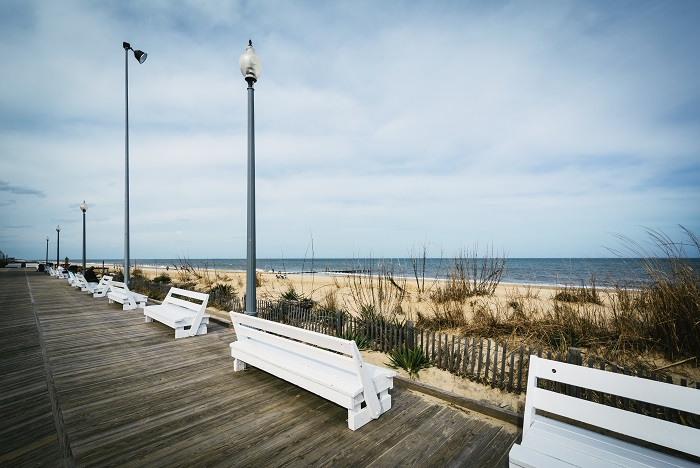
4. Rehoboth Beach, Delaware
- Cap rate: 6.46%
- Median home sale price: $618,000
- Annual gross rental revenue: $58,992
Rehoboth Beach charms with its old-school coastal vibe, boasting a boardwalk that paints a scenic view and streets dotted with cozy shops and eateries. It’s a summer magnet, pulling in crowds eager for that rare, vintage seaside experience.
With homes averaging around $618,000 and the potential to rake in about $58,992 annually from rentals, the investment’s appeal is clear. The town’s allure justifies the price tag, as it offers a slice of nostalgia that’s becoming hard to find.
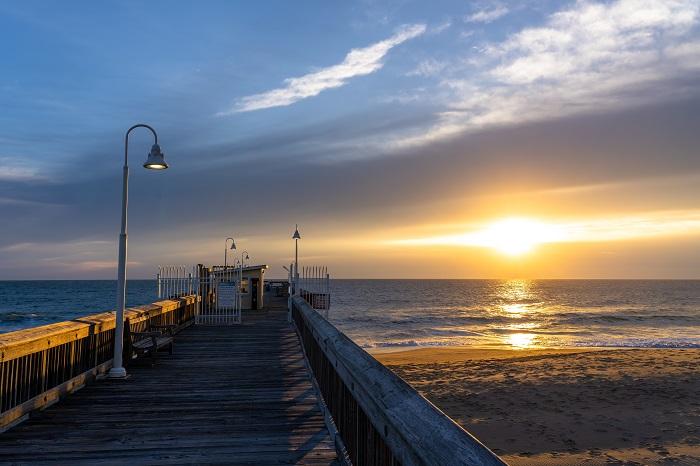
3. Sandbridge, Virginia
- Cap rate: 6.47%
- Median home sale price: $928,900
- Annual gross rental revenue: $88,702
Near Virginia Beach, Sandbridge, with its 6.47% cap rate, homes averaging $928,900, and annual rental revenues around $88,702, offers an intimate escape. This spot’s lack of hotels means visitors get to enjoy its beaches, sand dunes, and wildlife refuge up close.
Despite the lofty price tags on properties, the unique and tranquil vibe of Sandbridge draws visitors willing to pay a bit extra for a slice of this exclusive haven.
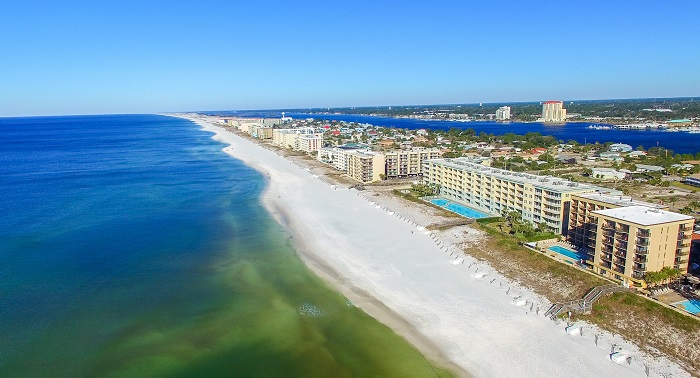
2. Okaloosa Island, Florida
- Cap rate: 9.08%
- Median home sale price: $360,000
- Annual gross rental revenue: $53,832
If you’re looking into Florida’s real estate but want something off the beaten path, Okaloosa Island is a hidden treasure worth considering for a vacation rental opportunity. With its laid-back vibe and three miles of pristine beaches, it’s a real catch for anyone looking to invest.
The island, nestled on Santa Rosa Island, not only boasts a welcoming atmosphere but also comes with an attractive median home price of $360,000.
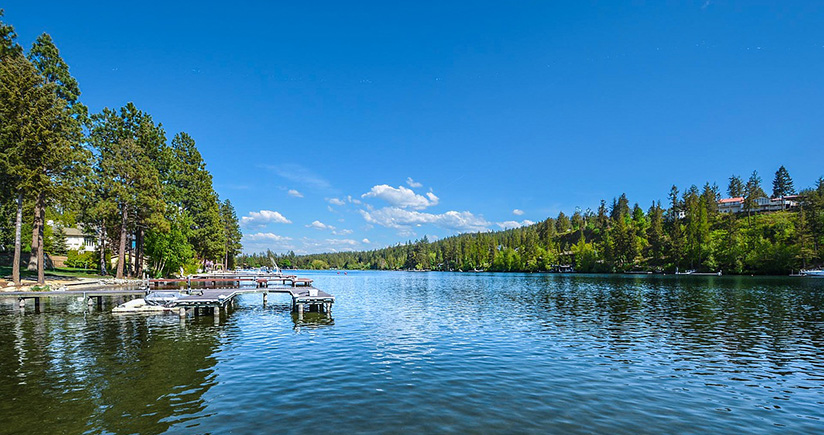
1. Lake Anna, Virginia
- Cap rate: 10.32%
- Median home sale price: $405,500
- Annual gross rental revenue: $64,121
Nestled between Fredericksburg and Richmond, Lake Anna in Virginia is a gem for vacation rental investors. With 200 miles of welcoming sandy shores, it offers a luxury getaway with a steady stream of visitors to experience at a fraction of the cost you’d find at places like Lake Tahoe, where homes hit the $907,000 mark.
The average property here is more wallet-friendly $405,500, and with annual rental revenues around $64,121, it’s not just a steal—it’s a smart investment.
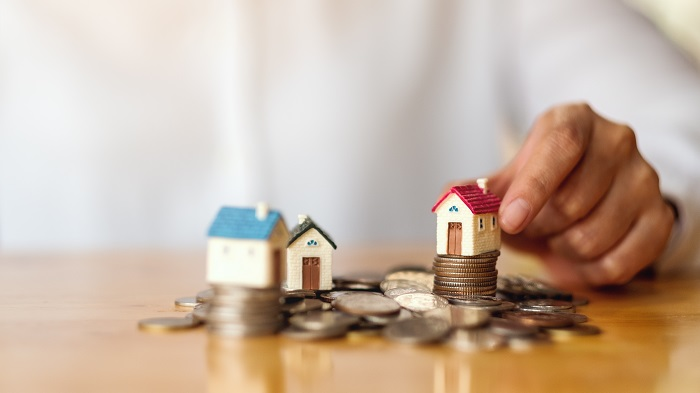
Final Thoughts
There you have your jumping-off point. Use the the investment principles and tools we’ve recommended and you’ll secure a profitable vacation home to share in no time. Otherwise, you can just look into the mentioned locations and take it from there.






